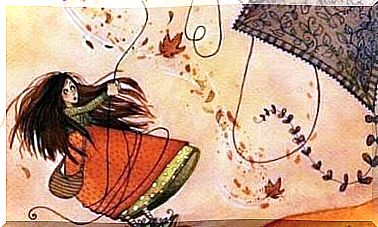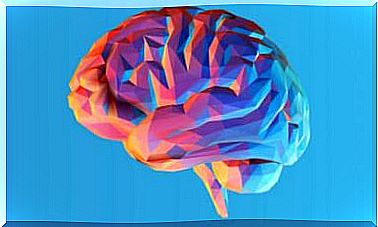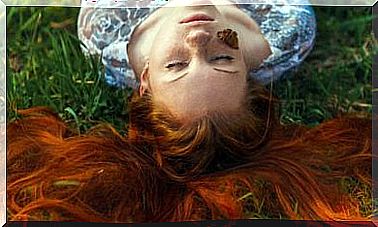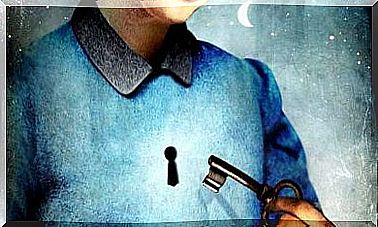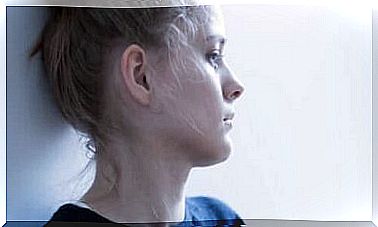Sensory Stimulation In People With Alzheimer’s
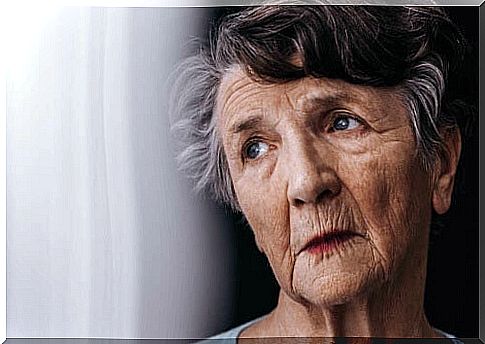
Alzheimer’s is an increasingly widespread neurodegenerative disease due to the longer life expectancy of the world population. A cure has not yet been found, but several interventions are available that can delay its course or reduce the intensity of symptoms. Among them, there is sensory stimulation.
This type of intervention focuses on the senses, on the stimuli that come from outside. We think of the fact that Alzheimer’s patients can suffer cognitive decline, but also emotional decline as they lose their ability to regulate emotions. However, the most primordial ability does not fail: that is, that of feeling. And it is precisely this aspect that is exploited by sensory stimulation.
In the next few lines we present the potential benefits of this technique and the methods of application. Read on!
Alzheimer’s disease at a glance
It is a neurodegenerative disease capable of compromising various functions of the organism. In this sense, it manifests itself on a physical, cognitive, emotional and behavioral level (executive functions).
Among the first red flags are memory loss and greater distraction or disorientation (both spatial and temporal). The person needs precise instructions to carry out an activity; shows a decrease in initiative and loss of vocabulary which leads her to communicate in a less precise way.
Alzheimer’s makes it harder to perform even the simplest daily activities. In addition to this, it also has an emotional impact, as the sense of irritation or helplessness resulting from the loss of skills can make the person more short-tempered.
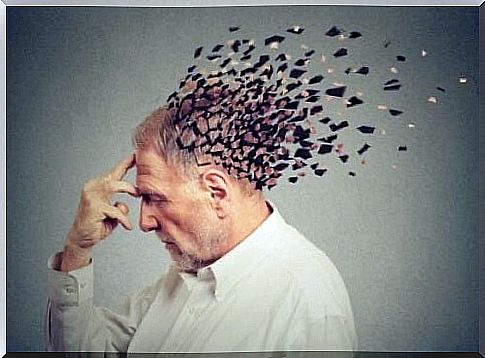
There are several theories about the cause of this disease. Some speak of neurofibrillary clusters, which is an anomalous conglomerate of proteins made up of small fibers that intertwine within neurons. The tau protein also intervenes in this process: the main element of these clusters.
What does sensory stimulation consist of?
When we talk about sensory stimulation, we refer to a set of techniques and exercises designed to activate the senses through precise stimuli. We are therefore talking about a sort of awakening of the senses. The purpose of this intervention is to facilitate the entry of sensory information into the nervous system ; in this way it helps the person to develop a set of sensations and perceptions.
Thus, through the stimulation the patient learns what will serve as a basis and reinforcement to manage the weakened cognitive functions, to understand the world around him and for its emotional expression.
Sensory stimulation in people with Alzheimer’s
Sensory stimulation is a non-pharmacological intervention that consists in awakening the sensations and perceptions of patients suffering from Alzheimer’s disease. To achieve this goal, the following fields are stimulated:
- Visual.
- Auditory.
- Vestibular.
- Tactile.
- Olfactory.
- Gustatory.
The intervention is carried out in multisensory environments called Snoezelen room. These rooms were born in Holland around the 70s from an idea of Hulsegge and Ad Verheul. These spaces are dedicated to three different types of activities: relaxation, interactivity and adventure.
The multisensory stimulation performed in the Snoezelen rooms is based on the model of sensory integration, developed by Anne Jean Ayres, an American occupational therapist and neuroscientist.
It works with the cognitive, sensory, motor and psychosocial faculties, which are stimulated in the Snoezelen room; the latter can be passive or active depending on the type of activity.
Snoezelen room:
- Passive. The patient enters an environment in which he is stimulated by means of sensory effects.
- Active. The individual participates and learns through activities. He is therefore encouraged to become aware of the effects of his actions on the surrounding environment.
- White room. White is the predominant color in these environments. The aim is to provide a relaxing environment in which to passively stimulate the subject.
- Black or dark space. These are environments in which UV light lighting is used, with elements that sparkle. In this case, patients receive strong stimuli.
- Immersion in adventure. These rooms are rich in materials that facilitate sensory, cognitive and motor development. There are therefore materials with different textures, colors and smells.
The activities are also conducted by professionals such as doctors, clinical psychologists, neuropsychologists, nurses and occupational therapists.
The idea is to intervene on people with Alzheimer’s during the different stages of the disease, although the effects are more pronounced in the early and intermediate stages of the disorder.

Sensory stimulation: a valuable resource against Alzheimer’s
We have already explained what sensory stimulation is in people with Alzheimer’s. But what are the benefits ? Let’s see them:
- Opportunity for movement and activity.
- Emotional expression.
- Promotes the perception of sensations.
- Acquisition of learning.
- Promotes interaction with the environment.
- Awareness of sensations and perceptions.
- Promote communication.
- Provides a feeling of well-being.
- It increases the time of attention and concentration.
- It reduces apathy, aggression and destructive behaviors.
Undoubtedly, this type of intervention must be carried out rigorously and requires self-organization, adaptation to the environment, creativity and active participation of the person concerned.
In summary, there are techniques that can offer a certain level of well-being in Alzheimer’s patients. Sensory stimulation is certainly one of them. Thanks to this technique, the life of patients gradually improves with consequent relief also of the people who care for them.





